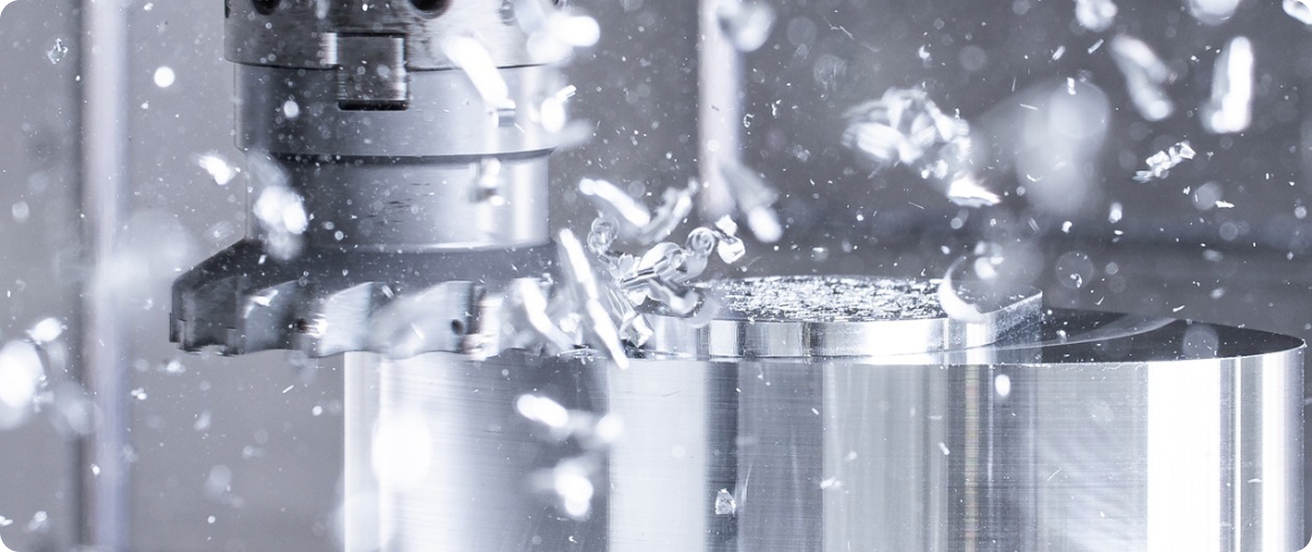PAUL HORN's Comprehensive Tool Solutions for Efficient Aluminium Processing
Success Story
The demand for aluminium is increasing every year. Many applications and developments require a lightweight yet stable material - requirements that aluminium can optimally fulfil. The material is also extremely versatile. Accordingly, aluminium can be found in many areas from packaging, building materials and transport to mechanical and plant engineering. Virtually loss-free recycling increases the long-term benefits of aluminium in a product‘s life cycle. The production, processing and use of aluminium is an international process, starting with the extraction of the raw material through to processing into beverage packaging or car bodies. Aluminium manufacture combines expertise from many parts of the world to create a multifunctional material with outstanding sustainability.
(Source: aluminiumdeutschland.de)
Machining of aluminium
The tensile strength, elongation, hardness and yield strength of aluminium can be influenced by alloying elements such as silicon, magnesium, copper, zinc and manganese. The material can become soft during machining due to heat development, stick to the cutting tool and even destroy it due to disrupted chip flow. It is therefore important that the material and cutting parameters are properly matched. It depends on the aluminium alloy, the cutting tool, the cutting feed rate and speed, as well as the type and quantity of coolant.
HORN tools for machining aluminium
The most important features of HORN‘s wide range of standard and special tools are special chip breaking geometries with sharp inserts, polished rake faces and coatings with very good anti-friction properties to counter the strong adhesion tendency of aluminium. Carbide inserts for grooving are ground peripherally to ensure extremely sharp inserts. For machining aluminium alloys with a high silicon content, the inserts are coated. The portfolio includes coated and uncoated circular tools and solid carbide cutters for milling. Single-edged milling cutters with a large chip space are also available for rapid metal removal rate based on high cutting data. Ultra hard cutting materials such as PCD and CVD-D with precision-lasered cutting edges are available for long service life or more complex work. MCD-tipped tools are used for high-polish machining of reflective surfaces or aluminium blow moulds, for example.
In manufacturing, aluminium alloys are among the easiest materials to machine. Nevertheless, cutting this soft metal can quickly become a challenge. Adhesion, built-up edges and chip jamming can lead to tool breakage. With the right tools, grades, cutting data and the correct amount and type of coolant, aluminium alloys can be machined with reliable results. Drilling, reaming, grooving and milling: HORN offers a broad portfolio of optimised tools for economical machining of the light metal. Polycrystalline diamond (PCD) is also very suitable for machining aluminium alloys due to its smooth surface, low tendency to adhere and high wear resistance. Moreover, the sharp cutting edges result in high surface quality. In addition to turning, the grade is also used for drilling. Due to the high cutting parameters that can be achieved, PCD-tipped drilling tools enable a shorter cycle time and longer tool life compared to solid carbide drills. PCD drilling tools are often used in series production, for example when drilling aluminium wheel rims. The situation is similar for drilling and milling. At AMB, HORN will be presenting a completely new range of PCD milling tools specially designed for machining aluminium.
https://en.industryarena.com/horn/blog/aluminium-and-aluminium-alloys--22118.html
Copy and paste the link to read the full article

 Filter
Filter

